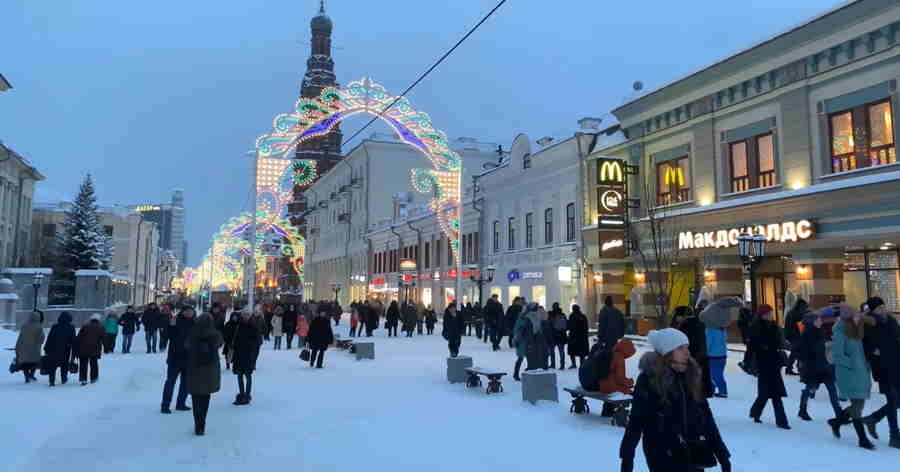

Russia, the largest country globally, is home to a diverse population of approximately 145 million people. This vast nation exhibits a rich tapestry of ethnicities, with ethnic Russians comprising the majority, followed by various minorities such as Tatars, Ukrainians, and others. The population is spread across expansive landscapes, from bustling urban centers like Moscow and St. Petersburg to remote rural areas. Russia's demographic profile reflects a mix of cultures, languages, and traditions, contributing to the country's cultural richness.
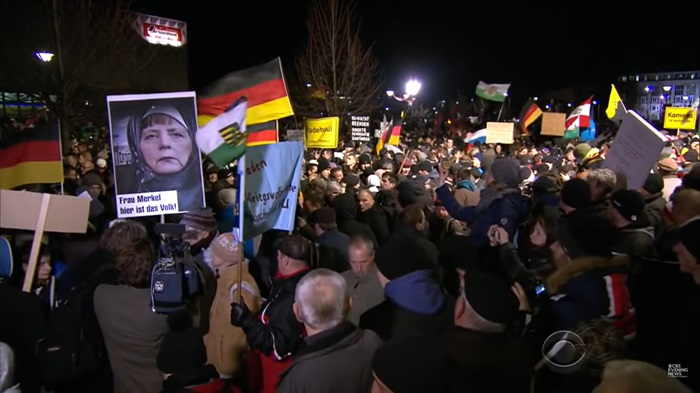
Germany, a central European nation, boasts a population of around 83 million people. Renowned for its economic prowess, Germany exhibits cultural diversity, with ethnic Germans forming the majority alongside sizable Turkish, Polish, and Italian communities. Urban hubs like Berlin and Munich contrast with picturesque rural areas. The population reflects a blend of traditions, emphasizing efficiency, education, and technological innovation. Germany faces demographic shifts, marked by an aging population and declining birth rates, prompting societal discussions on immigration policies and workforce challenges.

The United Kingdom (UK) comprises a diverse population of around 68 million individuals. Comprising England, Scotland, Wales, and Northern Ireland, it boasts a rich tapestry of cultures. Ethnicities range from the majority English to significant communities of Scots, Welsh, and others, reflecting a history of immigration. The UK embraces multiculturalism, evident in its global cuisine, arts, and traditions.
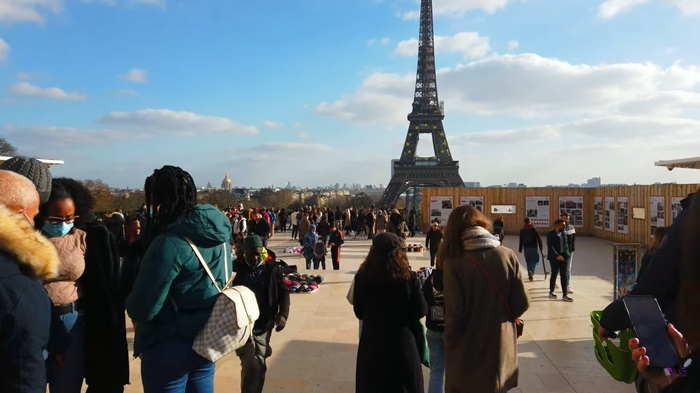
France, a European nation with a population of approximately 67 million, epitomizes cultural richness and diversity. Dominated by ethnic French, it also hosts communities of North African, Sub-Saharan African, and European descent. French culture, celebrated globally, encompasses cuisine, art, and literature. Demographically, France faces challenges such as an aging population and debates around immigration policies. Social cohesion and a commitment to laïcité (secularism) contribute to the nation's unique identity.

Italy, with a population of around 60 million, is a Mediterranean jewel steeped in history and culture. Dominated by ethnic Italians, it also hosts communities of Albanian, Romanian, and North African descent. Cities like Rome and Milan stand as cultural and economic hubs, while picturesque regions such as Tuscany add to its charm. Italian society values family, cuisine, and a rich artistic heritage. The population reflects a blend of ancient traditions and modern influences, encapsulating the essence of "la dolce vita" – the sweet life.
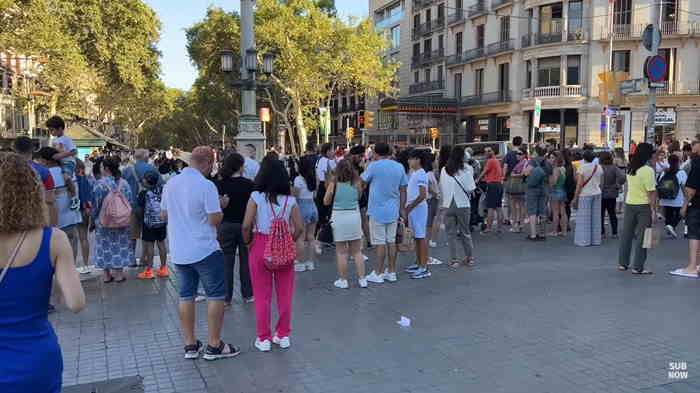
Spain, home to approximately 47 million people, showcases a vibrant mix of cultures and landscapes. Predominantly composed of ethnic Spaniards, the population also includes significant communities of Catalans, Basques, and immigrants from Latin America and North Africa. Urban centers like Madrid and Barcelona buzz with activity, while coastal regions and historic towns offer a relaxed pace of life. Spain's society embraces a rich tapestry of traditions, from flamenco to festivals, and places importance on family bonds. The population embodies a fusion of history, diversity, and a zest for life.
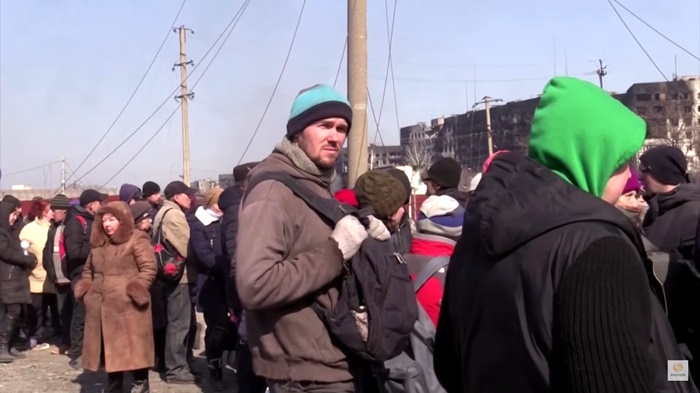
Ukraine, with a population of around 43 million, is a nation at the crossroads of Eastern Europe. Predominantly composed of ethnic Ukrainians, it also includes significant communities of Russians, Belarusians, and other minorities. Kyiv, the capital, and other cities like Lviv and Odessa contribute to the cultural tapestry. The population reflects a mix of historical influences, from ancient Kyivan Rus to Soviet legacy. Ukraine's demographics face challenges due to emigration and internal displacement caused by conflict.
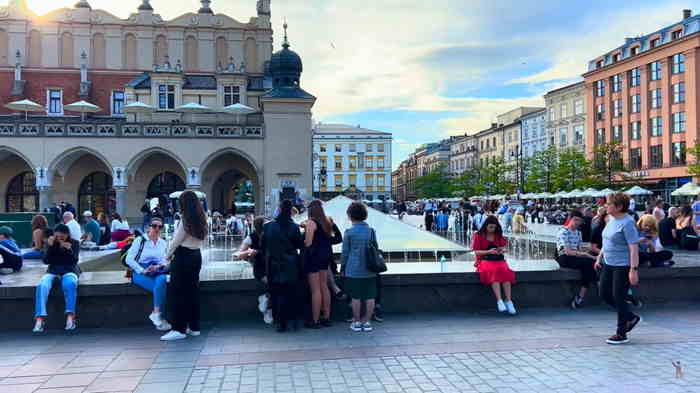
Poland, with a population of around 38 million, stands as a Central European nation characterized by a rich historical legacy and cultural vibrancy. Predominantly composed of ethnic Poles, it also includes small minorities like Ukrainians and Germans. Major urban centers in Poland are Warsaw and Kraków. Poland's society is deeply rooted in traditions, including its resilient history and Catholic heritage.

Romania, home to around 19 million people, epitomizes a diverse blend of cultures and landscapes in Eastern Europe. Predominantly composed of ethnic Romanians, it also hosts sizable Hungarian and Roma communities. Bucharest, the capital, and cities like Cluj-Napoca reflect a dynamic urban life, while rural regions maintain traditional customs. Romania's rich history is evident in its medieval castles, Orthodox monasteries, and folk traditions. Demographically, Romania faces challenges like emigration and an aging population.

The Netherlands, home to approximately 17 million people, showcases a unique blend of modernity and tradition in Western Europe. Predominantly composed of ethnic Dutch, it embraces diversity with communities of Surinamese, Turkish, and Moroccan descent. Cities like Amsterdam and Rotterdam stand as hubs of innovation and culture, complementing the scenic countryside.